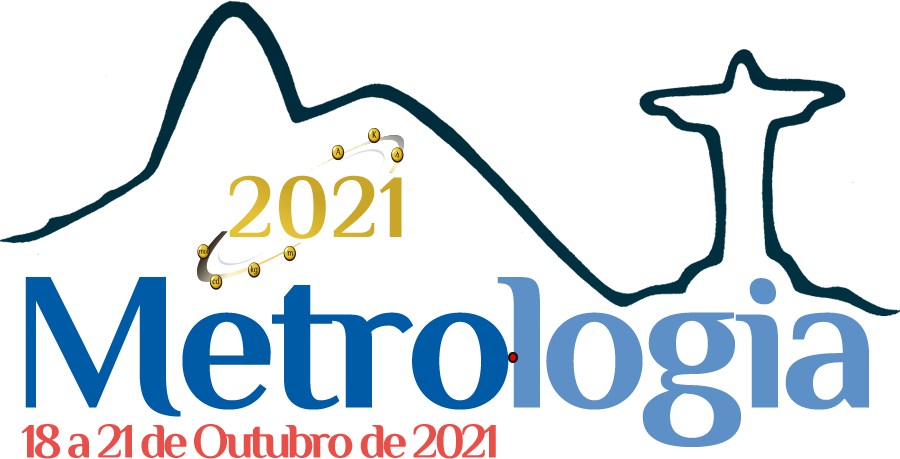ARTIGO
Autores: José Lafaiete Palles Ramos Junior, Oscar de Souza Monteiro, Nathalia Correia dos Santos, Raquel Correia, Danielle P Cavalcanti, Juliana L Martins, Leonardo da Cunha Boldrini Pereira, José Mauro Granjeiro, Aurea Valadares Folgueras-Flatschart
Abstract: The advent of the use of cellular spheroids in biomedical research witnessed in recent years has continuously demonstrated the advantageous potential of their use in laboratory experiments. Added to such advances, the necessity to apply reliable methods of quality control of this type of cell culture grows simultaneously within this progress. In a scenario where centuries-old techniques to control quantitative parameters such as diameter and volume are still used, with emphasis on microscopy modalities, capable of providing images from unidirectinonal projections, optical coherence tomography (OCT) has been considered as an alternative so such methodologies. Indeed, in recent years, OCT has been referred to as a competent modality in obtaining quantitative data by producing three-dimensional captures of cell spheroids on a microscopic scale, label-free in a non-destructive way, generating high-resolution images of microstructures, being able to solve the morphology of samples in an three-dimensional environment, capable of performing accurate calculations, enabling the metrological traceability of several factors. The main objective of this study was focused on demonstrating the OCT potential when used as a metrological tool, capable of resolving the volume of HepG2 cell tumour spheroids from the same batch, on day seven since its formation. Individual transverse image sets of each of the spheroids were acquired through the application of the tomography technique. The volume of each sample was accurately estimated using voxel counting methods through an open source imaging software. Comparatively, the volume of the same structures was estimated by classical geometric based calculation methods from unidirectional images, widely described and used in the literature in the last century. Additionally, the same calculations were performed on frontal and lateral cross-sectional images as comparison parameters. The results achieved provided an indication of discrepancies between these and the data calculated from the voxel counting based methods. The study also evaluated the influence of preestablished parameters on threshold settings on image segmentation during in silico analyses. Among the two methods applied, the greatest variation in the estimate of the average volume of the structures did not exceed 8%. Finally, we believe that the present study presents data that corroborate the current movement among authors who defend OCT as a promising imaging modality in the characterization of quantitative and qualitative parameters, defending its potential as a promising metrological tool in the quality control of cellular spheroids.
